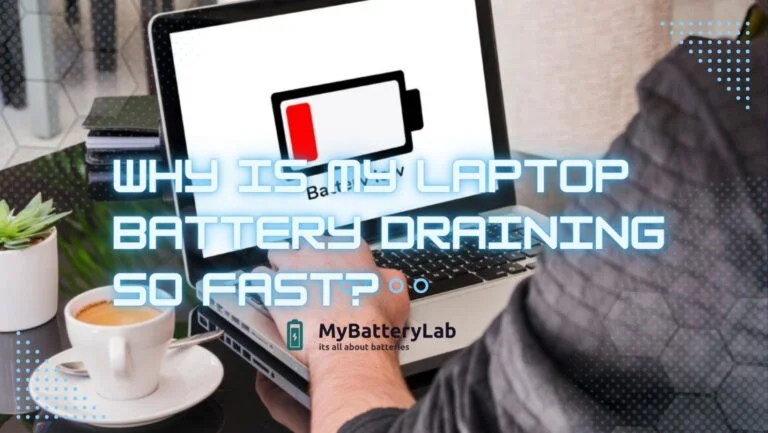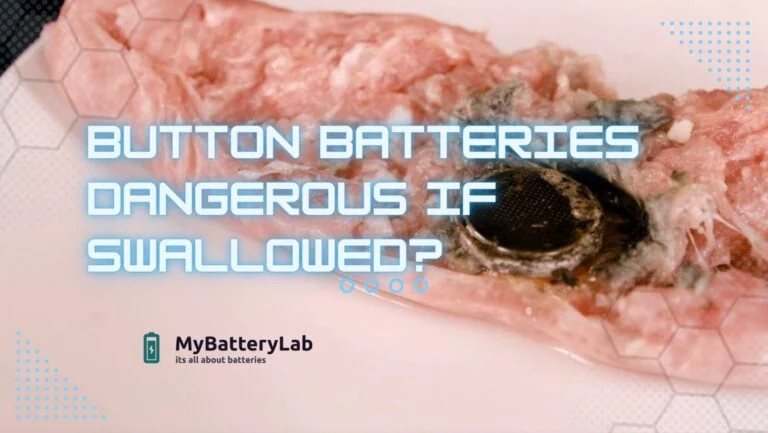Understanding the Rechargeability of Lithium Batteries
[ad_1]
In this article, we will discuss the concept of rechargeability in lithium batteries. We will explain what rechargeability means, how it is achieved in lithium batteries, and the factors that affect the rechargeability of these batteries.
We will also explore the importance of understanding rechargeability for users of lithium batteries, such as in the context of electronic devices and electric vehicles.
What is the concept of rechargeability in lithium batteries?

Rechargeability in lithium batteries refers to the ability of these batteries to be charged and discharged multiple times, allowing for repeated use. Unlike single-use batteries, which are discarded after their energy is depleted, rechargeable lithium batteries can be recharged and used again.
This is a key feature that makes lithium batteries a popular choice for powering electronic devices, such as smartphones, laptops, and portable electronics, as well as electric vehicles and energy storage systems.
New Breakthrough: Aluminium Air Batteries are Now Rechargeable
MY BATTERY LAB
The rechargeability of lithium batteries is made possible by the chemical processes that occur within the battery during charging and discharging. These processes involve the movement of lithium ions between the positive and negative electrodes of the battery, allowing for the storage and release of energy. Understanding how these processes work is essential for maximizing the rechargeability and overall performance of lithium batteries.
How is rechargeability achieved in lithium batteries?
Rechargeability in lithium batteries is achieved through a reversible electrochemical reaction that occurs during the charging and discharging cycles. When the battery is being charged, an external electrical voltage is applied to the battery, causing lithium ions to move from the positive electrode (cathode) to the negative electrode (anode) and be stored there. This process is known as intercalation, and it allows the battery to store energy.
During the discharging cycle, the stored lithium ions move back to the positive electrode, releasing electrical energy that can be used to power devices or vehicles. This movement of lithium ions between the electrodes is what enables the rechargeability of lithium batteries.
It is important to note that the efficiency and longevity of this process can be affected by various factors, such as the quality of the battery materials, the charging and discharging rates, and the operating conditions.
What factors affect the rechargeability of lithium batteries?
The rechargeability of lithium batteries can be influenced by several factors, including the type and quality of the battery materials, the design and construction of the battery, the charging and discharging rates, and the operating temperature.
High-quality materials, such as lithium iron phosphate (LiFePO4) for the cathode, can improve the cycle life and rechargeability of lithium batteries compared to lower-quality materials.
MY BATTERY LAB
Additionally, the design and construction of the battery, including the electrode architecture and electrolyte composition, can impact the rechargeability and overall performance of the battery. Furthermore, the charging and discharging rates at which the battery is operated, as well as the temperature at which it operates, can affect its rechargeability and longevity.
Understanding and optimizing these factors are crucial for achieving and maintaining the rechargeability of lithium batteries.
Why Do Batteries Get Hot? Understanding the Science Behind the Heat
MY BATTERY LAB
Why is understanding rechargeability important for users of lithium batteries?
Understanding the rechargeability of lithium batteries is important for users, as it can impact the performance, lifespan, and safety of the batteries in their devices or vehicles. For example, proper charging and discharging practices can help maximize the cycle life and rechargeability of lithium batteries, ensuring that they last longer and provide reliable power over time.
In the context of electric vehicles, understanding the rechargeability of lithium batteries is crucial for optimizing battery range, efficiency, and longevity. Similarly, in the case of energy storage systems, such as those used in renewable energy applications, understanding rechargeability is essential for maximizing the energy storage capacity and overall performance of the batteries.
Conclusion
In conclusion, the concept of rechargeability in lithium batteries is essential for understanding how these batteries can be charged and discharged multiple times, enabling their repeated use. The reversible electrochemical reactions that occur during charging and discharging cycles allow for the storage and release of energy, making lithium batteries a popular choice for various applications.
Factors such as battery materials, design, charging and discharging rates, and operating conditions can affect the rechargeability and overall performance of lithium batteries. Understanding and optimizing these factors are crucial for achieving and maintaining the rechargeability of lithium batteries, and for maximizing their lifespan, performance, and safety for users.
Some Related FAQs,
Q: Can all lithium batteries be recharged?
Q: How many times can a lithium battery be recharged?
Q: Is fast charging harmful to the rechargeability of lithium batteries?
Q: How can I extend the rechargeability of my lithium battery?
Q: What should I do with a lithium battery that has reached the end of its rechargeability?
[ad_2]







